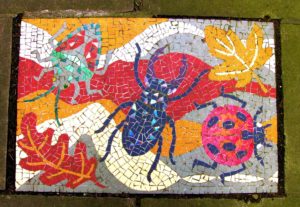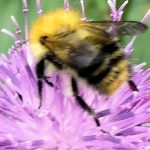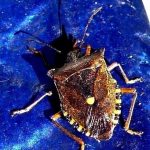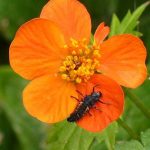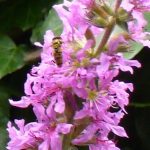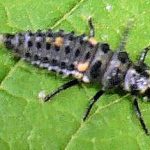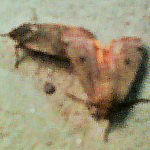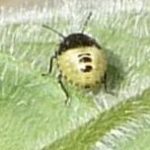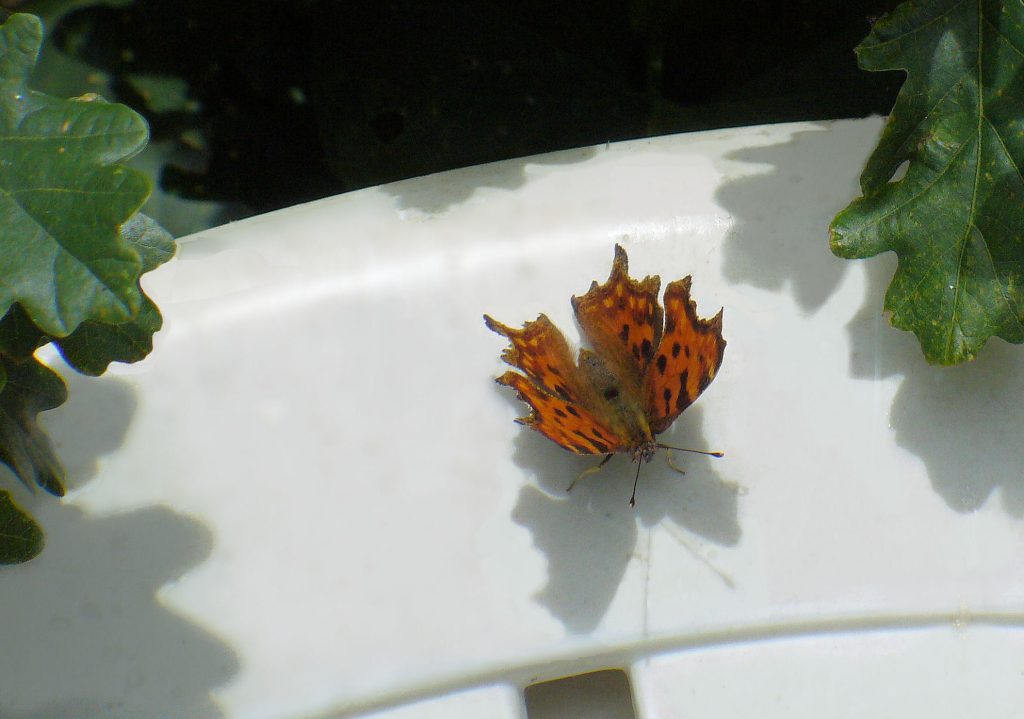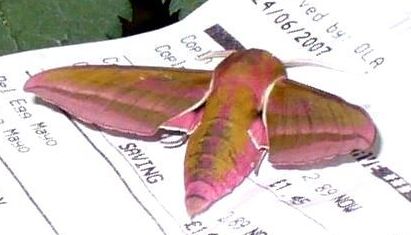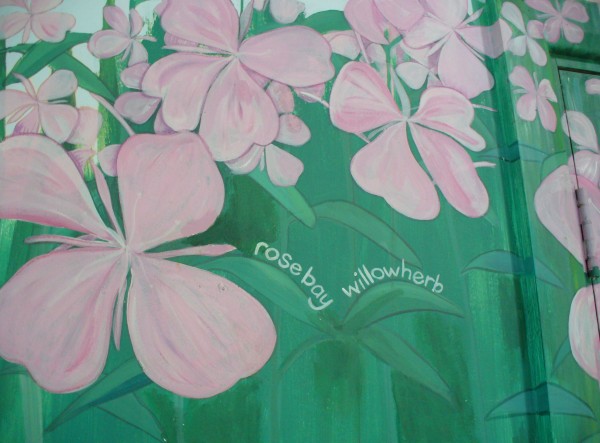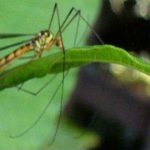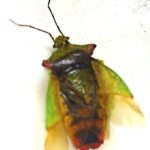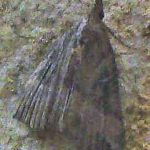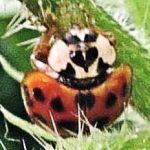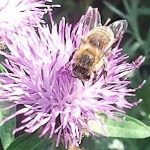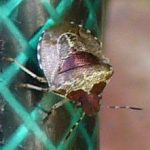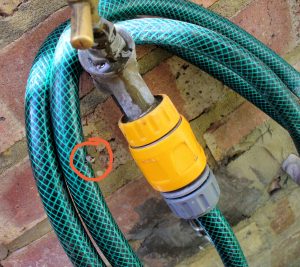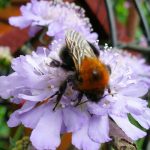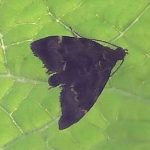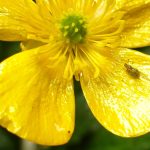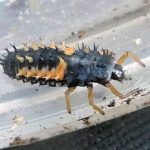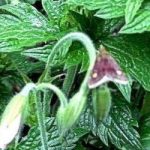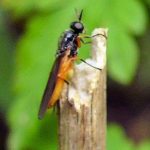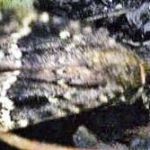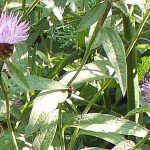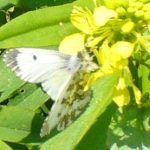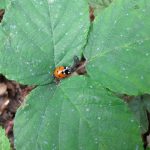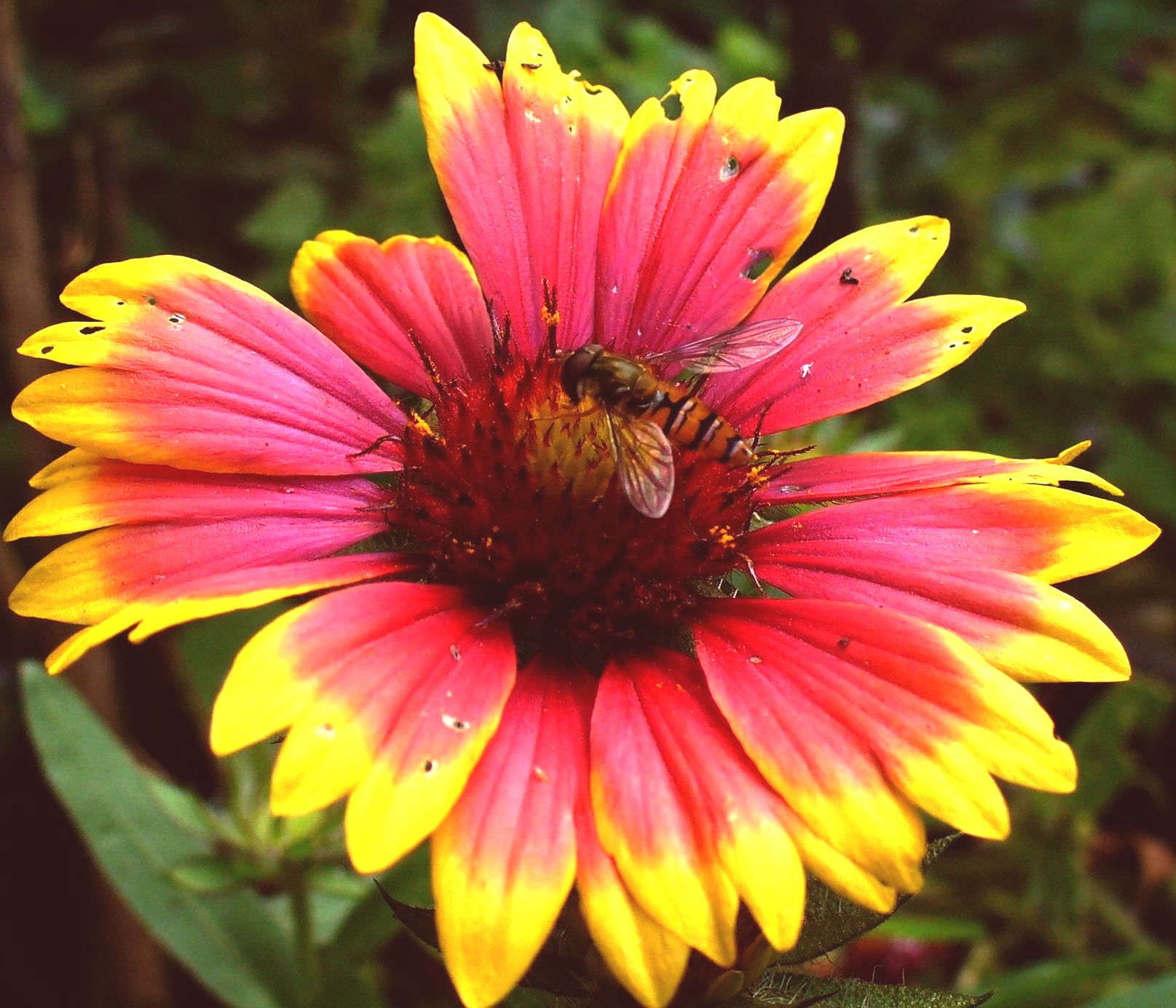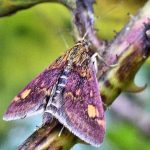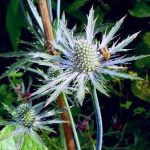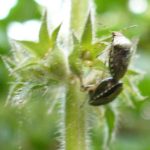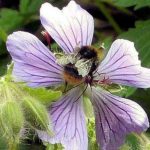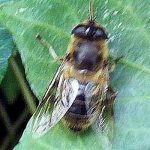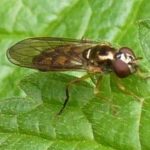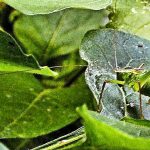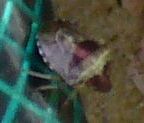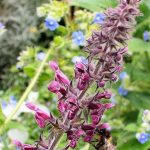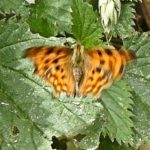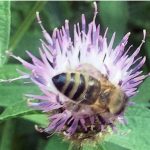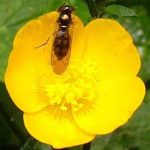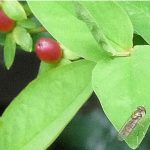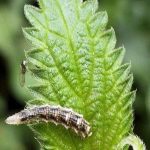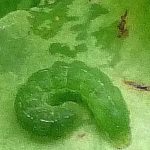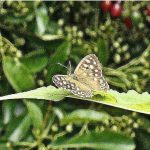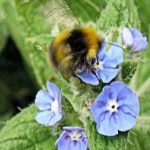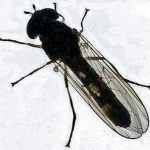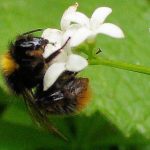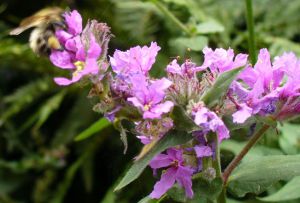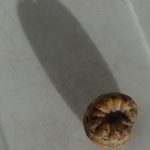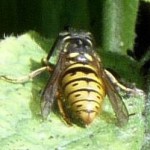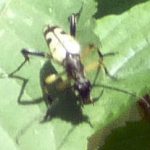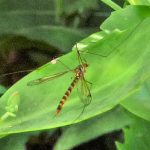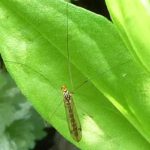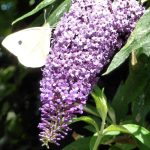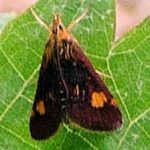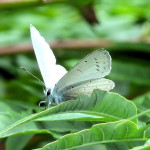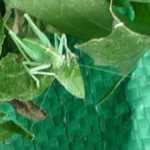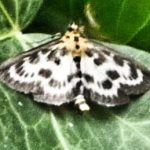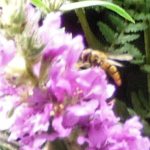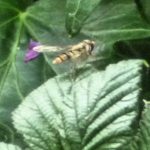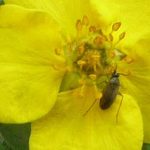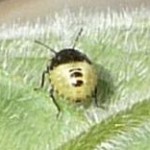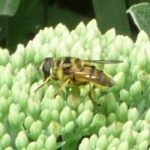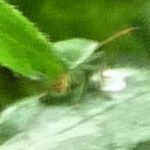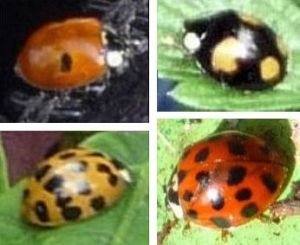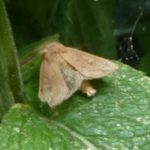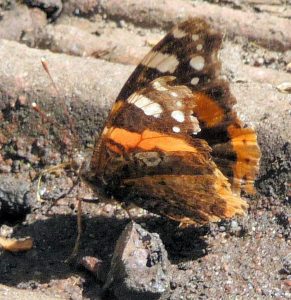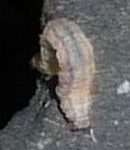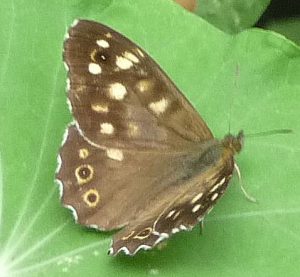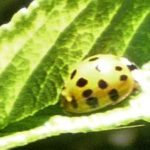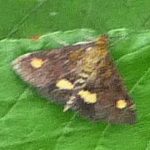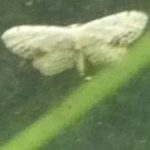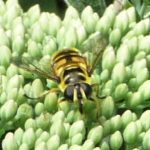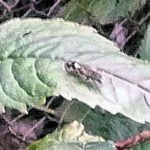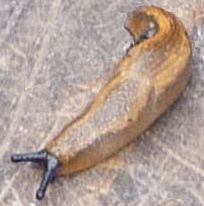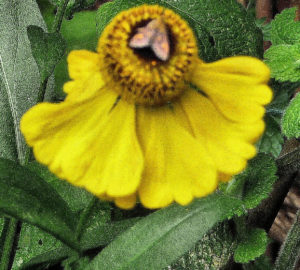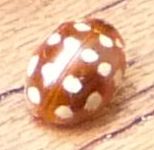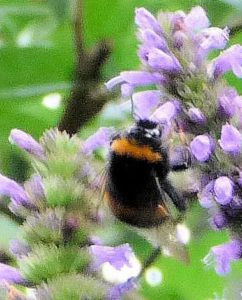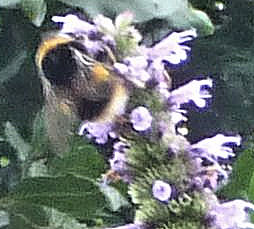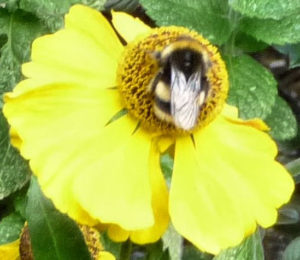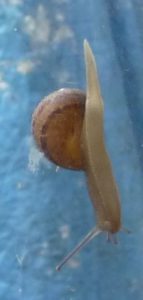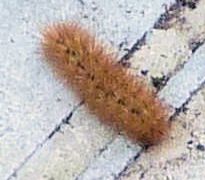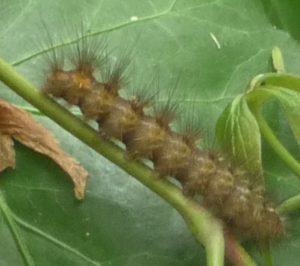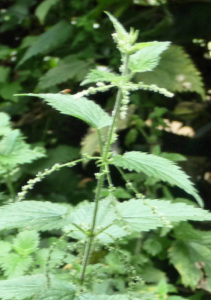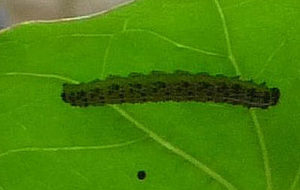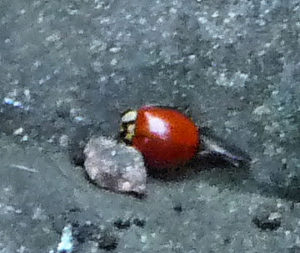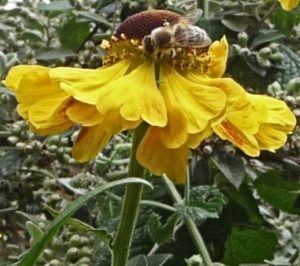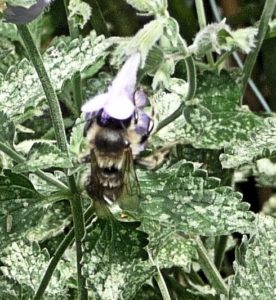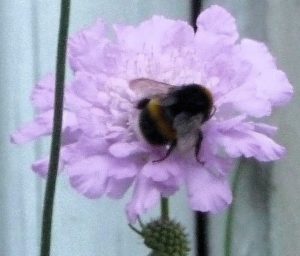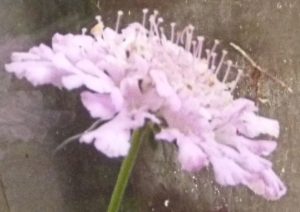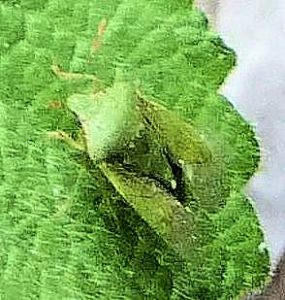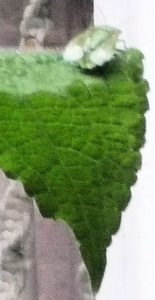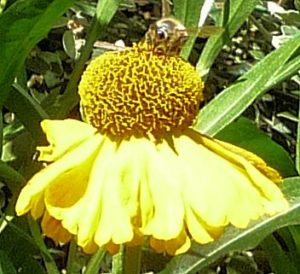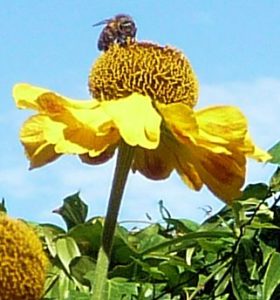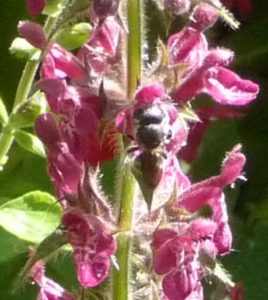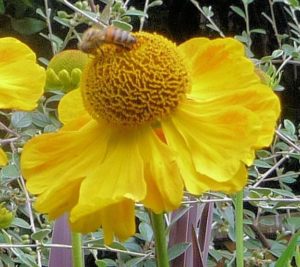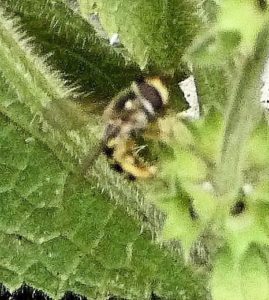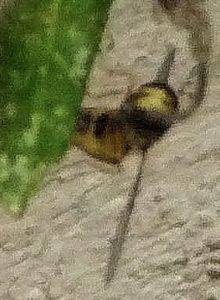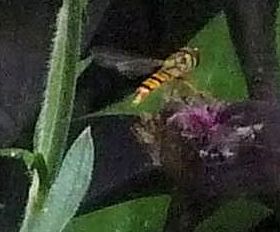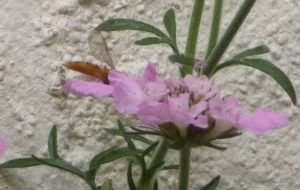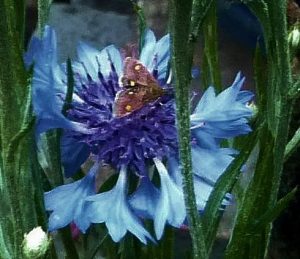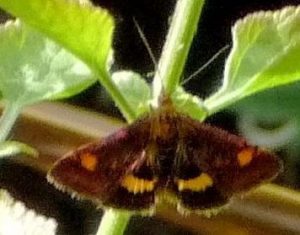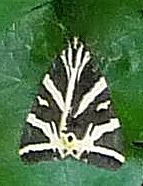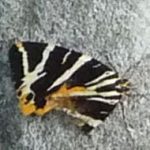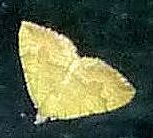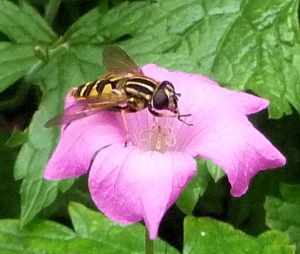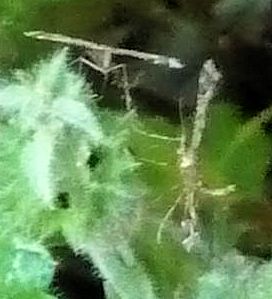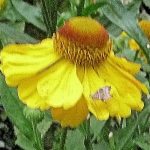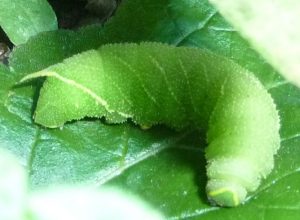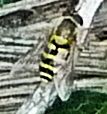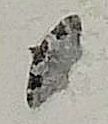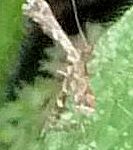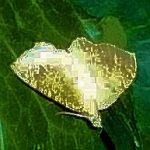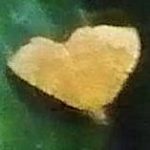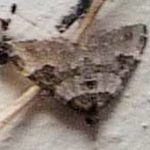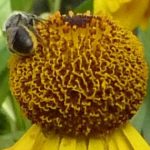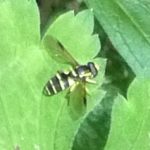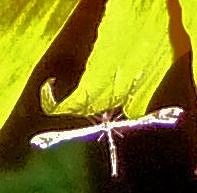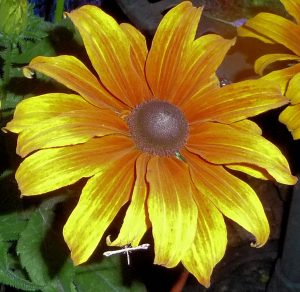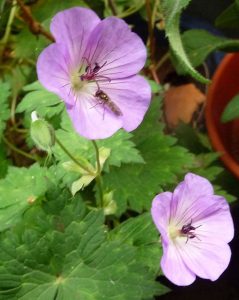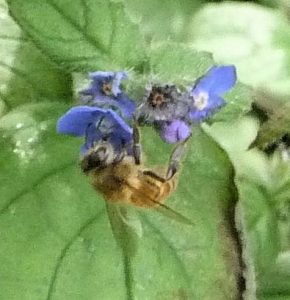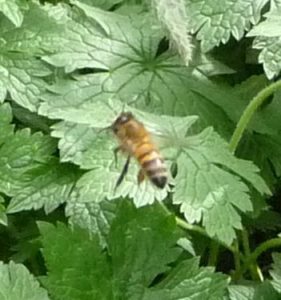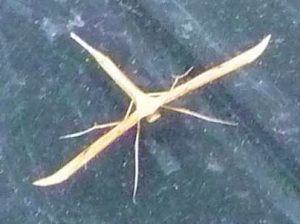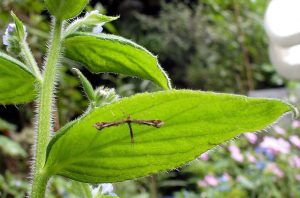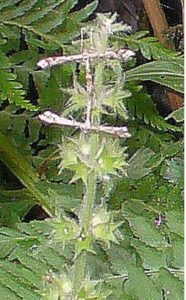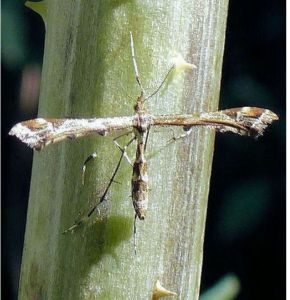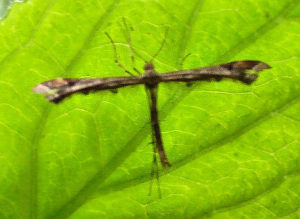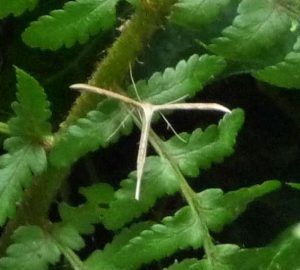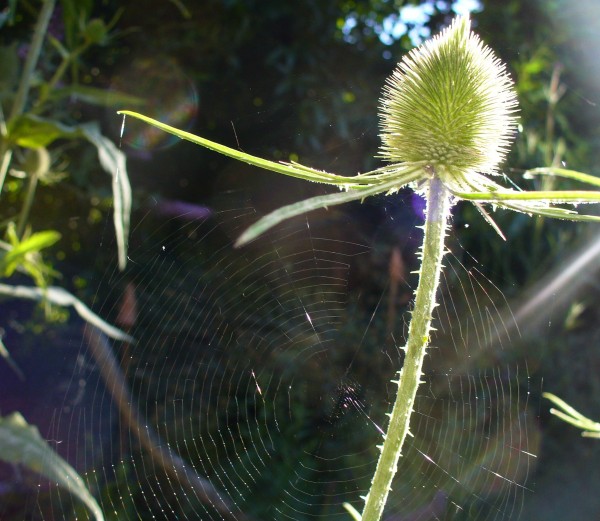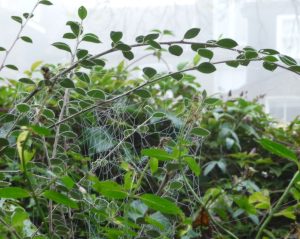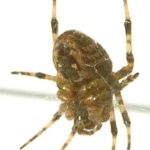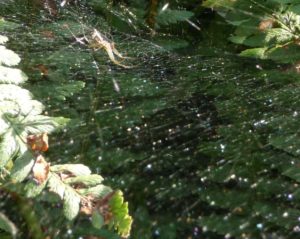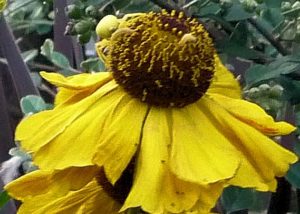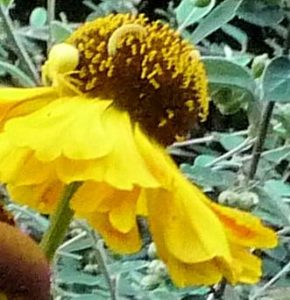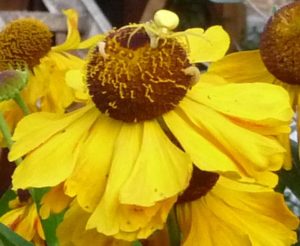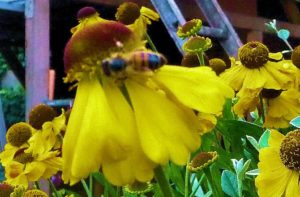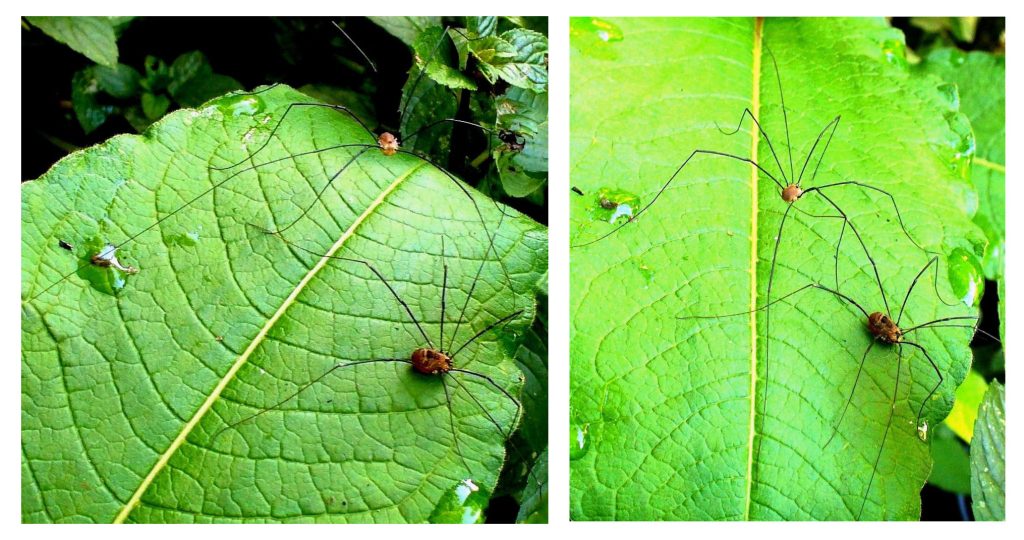UK biodiversity has changed with the passage of time. As the human population expands & its needs are catered for, numbers of native bees & other pollinators have greatly declined. Their importance to us, to our own food & the food chain, is greater than most of us realise.
Our small Highbury wildlife garden attracts insects. Our experience with these creatures may encourage you to think differently about them, choosing insect-friendly plants & avoiding pesticides.
Shared Planet, a BBC Radio4 series on sustainability presented by journalist/author Monty Don (the nation’s most famous organic gardener) looked at the crunch point between human population and the natural world and found this crunch point happening all over the planet. The problem is not only the UK’s.
Listen to programmes from the Shared Planet series on BBC iPlayer.
http://www.bbc.co.uk/programmes/b02xf2qg/episodes/guide
When we are outdoors, we may be aware of only a blur of wings as something whizzes by. Some of these insects are tiny; we may find ourselves staring at a creature we have never seen before, wondering what it is.
One way to discover an insect’s identity is to turn to the Internet. The Open University‘s website ISPOT is worth a look. Browse through the photo galleries and you may recognise a creature you’ve seen in your area, or one that has piqued your curiosity.
ISPOT is free to join. If you have a camera or phonecam, by agreeing to share your wildlife photos and the location in which you took them, you will be adding to the overall picture of how the species is doing across the country. If you use a digital camera, the date of your photo will be automatically recorded along with other photo data.
http://www.ispot.org.uk
ELEPHANT HAWKMOTH
This large, iridescent creature was being blown along the floor into the tunnel of Arsenal Underground Station. I picked it up and carried it carefully back to our garden. Soon it was revived by the warmth of the sun and flew away. The internet showed it to be an Elephant Hawkmoth.
After signing up with Open University ISPOT, I typed in the Hawkmoth’s details and downloaded its photo. A Google map is part of the ISPOT procedure. When the Arsenal Underground came up on the map as the rescue scene, it was clear how close it is to our local nature reserve, Gillespie Park. Elsewhere on the internet, “Elephant Hawkmoth foodplants” brought up Rosebay Willowherb, a wildflower growing in Lupin Meadow, on the lower level of Gillespie Park.
The sequence of events became clear : the Hawkmoth had hatched in Lupin Meadow & fed on Rosebay Willowherb till it was an adult. It would have taken to the air, flying south over gardens & houses on Gillespie Road, over the Arsenal Underground entrance.
Piccadilly Line trains below pull the air down into the pedestrian walkway as they enter or leave the station, creating a wind tunnel effect. Flying over the entrance, the Hawkmoth would have been sucked down into it. These insects are strong flyers, but if humans have to brace themselves to stay upright, what chance did a Hawkmoth have?
LIGHT POLLUTION AFFECTING POLLINATORS –
MAKE A DIFFERENCE WHERE YOU LIVE OR WORK
Studies show that artificial light at night contributes to the loss of pollinators worldwide. Scientists at Washington University in St Louis reviewed 229 studies of light levels affecting insect populations. Behavioral ecologist Brett Seymoure says that
“Artificial light at night – human-caused lighting – ranges from streetlights to gas flares from oil extraction. It negatively impacts thousands of species: beetles, moths, wasps & other insects that have evolved to use light levels as cues for courtship, foraging and navigation.
Most of our crops – & crops that feed the animals that we eat — need to be pollinated, & most pollinators are insects. So, as insects continue to decline, this should be a huge red flag. We are in trouble for our food supply.”
We can make a difference by
1. Turning off lights if not needed.
2. Installing sensors to make lights motion-activated.
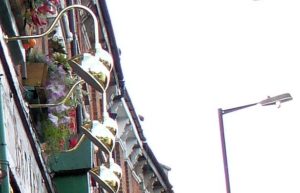
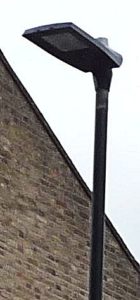
 3. Directing light where required, rather than allowing it to illuminate the sky.
3. Directing light where required, rather than allowing it to illuminate the sky.
4. Using different colors of lights. Blue-white lights interfere with insects’ biological rhythms, can have health consequences for humans; amber lights are recommended for use close to homes.
Talia Ogliore in The Source, The Washington University in St Louis, Nov 18 2019. https://source.wustl.edu/2019/11/four-ways-to-curb-light-pollution-save-bugs/
the ISPOT category which includes insects calls them invertebrates. Here, in photos taken in our garden, are our invertebrates: creatures who flew here or grew from eggs laid by those who flew into the garden. They must be typical of North London, though most go unnoticed. Any number of them must have come from Gillespie Park.
Hoverfly /Episyrphus balteatus
It nectars on flat-topped flowers and rests on vegetation. There is often an influx of them from the continent, and at such times large gatherings may form.
www.rspb.org.uk/wildlifegarden/atoz/m/marmaladehoverfly,aspx
(A to Z of a Wildlife Garden)
We had been calling these little creatures ‘T Bugs’. When the insect is at rest, its many thin wings tuck neatly under outer wings, forming a ‘T’. In flight, some look like a flamenco dancer’s skirt or an open fan. They’ve not been easy to photograph – these five best digital photos from 2014 follow years of blurred snaps.
The tiny moths take evasive action when they see the camera approaching. Their flight is quirky: they may swirl about, flying in tight corkscrews, zigzagging or doing barrel rolls. They fly to a leaf, roll over in midair & land upside down on its underside. At rest on twig or leaf they look like a bit of dried straw.
I described them to Richard Meyers, Conservation Ranger at the Ecology Centre, asking him what they might be. ‘Look on the Internet, under PLUME Moths’, he said. I did. Theirs is an international family, and some are pests.
Three species of Plume Moth have visited us – one with pointy wingtips (above) & another with wings like swirly sand sculptures. Most seen, however, is one that looks to be covered in a stencil pattern. (Top). It is called Amblyptilia acanthadactyla.
Website www.gardensafari.net/english/weird-winged moths.htm says its foodplants include Herb Robert, Hedge Woundwort & Mints. No wonder it comes to us. We offer food and a home. It feeds on wildflowers & we do not find it on other flowers. Plume Moths overwinter as adults; our garden walls of evergreen Ivy provide winter homes for them.
* There are a number of Plume Moth websites on the Internet, with many photos; specify UK Plume Moths to see which of them live here.
Biodiversity includes spiders; they are part of the food chain. Some birds use spiderwebs as nesting material, while others eat the spiders. They are rich in amino acids & greatly favoured by Wrens & Great Tits.
Even the smallest flying creature is welcome here. They bring movement to the garden. On a calm, cold day in winter there may be a mid-air performance of figure-8’s by tiny wisps just hatched from eggs laid somewhere in the Ivy…
Bees & other insects pollinate flowers & fruit, & we need to encourage them. Birds need the protein provided by insects to feed their fledgelings. The decline in UK birds & pollinators is not matched by a shortage of spiders. Not in our garden, anyway.
Spiders have their fans. One day, as we sawed tree stumps behind the main pond in Gillespie Park, a young volunteer shouted ‘Stop! Spider!’ Everyone stopped work as the lucky spider was plucked from the danger zone & moved to a place of safety by its protector.
My housemates, & their guests, also like spiders. “I like the way they set up their stall, without knowing what might drop into it…” But we have no balance of nature in our Highbury garden. If spiders want to take it over, they will succeed unless someone intervenes. There were days when I came out to water RF’s garden and found it decked with spiderwebs; husks of sucked victims hung in the webs like so many Christmas ornaments.
Arachnids in Highbury
* Our smallest spiders are dots the size of a grain of sand. They blow into the garden on the breeze, trailing a single strand of web behind them.
* Our largest spider, found in many local front gardens in autumn, is the GARDEN or CROSS SPIDER (Araneus diadematus). Its elegant web hangs vertically; the spider often hangs in the centre like a large patterned jewel. Every few days it devours its old web along with the husks of its victims, & spins a new one. The web’s strands are strong: I have found bumblebees, honeybees, and a butterfly caught in the Cross Spiders’ web.
* Also in residence here are small grey MONEY SPIDERS (from the Linyphiidae family). They like to position their triangular webs high up in the ivy, where they look like soft grey trampolines. The little spiders hang beneath them, waiting for an unsuspecting winged creature to land.
* The longest legs belong to the HARVESTMAN (Phalangium opilio). Not a spider, it looks like an orange lentil with starched black sewing thread for legs & stink glands on either side of its eyes, rather than fangs.
These creatures live among our Mints & Hardy Geraniums, only breaking cover when flowers are deadheaded or watered. The photos, of two Harvestmen on a leaf of Himalayan Knotweed, were taken at what seemed a rather private moment, with one tickling the other. I left them to it.
LEARN MORE ABOUT CREATURES ON THE INTERNET
BUMBLEBEE CONSERVATION TRUST * Find out more on What Can You Do For Your Garden page
The Pollinator Garden – WWW.FOXLEAS.COM – website for Marc Carlton, wildlife gardener. Click on Marc Carlton’s name to reach a number of related sites for tips, lists, downloads
Illustrations of UK Shieldbugs and their instars by Ashley Wood, available from: www.britishbugs.org.uk/heteroptera/idcards/life_stages.html
